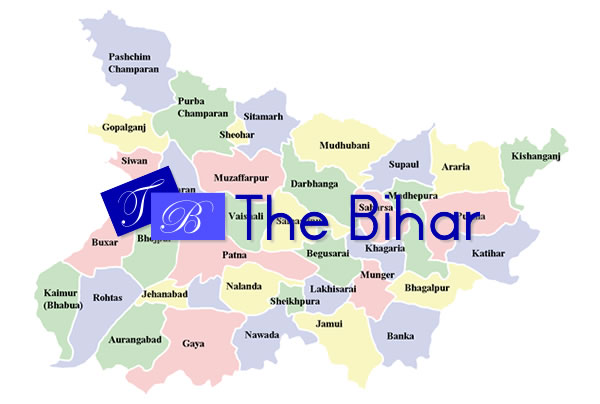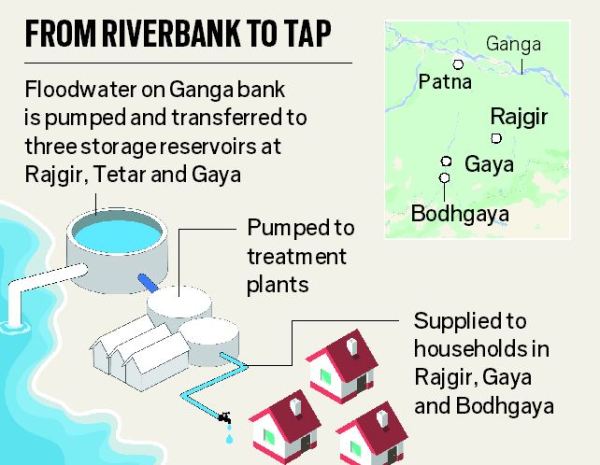Pusyamitra Sunga
3 min readPusyamitra Sunga (died 151 BCE, r. 185–151 BCE) was the founder and first King of the Sunga Dynasty in Northern India.
Pusyamitra Sunga was originally a Senapati (General) of the Mauryan empire. In 185 BCE he assassinated the last Mauryan Emperor (Brhadrata) during an army review, and proclaimed himself King. He then performed the Ashwamedha Yajna and brought much of Northern India under his rule. Inscriptions of the Shungas have been found as far as the Jalandhar in the Punjab, and the Divyavadana mentions that his rule extended as far as Sagala (Sialkot).
Pushyamitra’s reign was marked by warfare, wherein he and his successors fought the Indo Greeks, Kalingas, Satavahanas (Andhras), and possibly the kingdoms of Panchala and Mathura (which may not have been under his rule).
Following the assassination of Brhadrata, in 180 BCE the Greco-Bactrian Kingdom invaded Sunga lands with an army led by Demetrius I of Bactria. The Greco-Bactrians overran Arachosia, Gedrosia, the Punjab, and perhaps Mathura. Pushyamitra may have regained some of the lost territory,]with the Ashvamedha terminating at the Indus late in his reign (Kulke).
Pusyamitra may have been attacked by King Kharavela of Kalinga (modern Orissa). Kharavela’s inscriptions claim that he forced a King of Magadha named “Bahasatimita”, (thought to be the Sunga King Brhaspatimitra, or Pusyamitra himself) to bow at his feet. However, this has not been confirmed as dates for Kharavela range several centuries.
Some historians have rejected Pushyamitra’ s persecution of Buddhists. The traditional narratives are dated to two centuries after Pushyamitra’s death in Asokâvadâna and the Divyâvadâna, Buddhist books of legend. The traditional accounts are often described as exaggerated. The Asokavadana legend is likely a Buddhist version of Pusyamitra’s attack on the Mauryas, reflecting the declining influence of Buddhism in the Sunga Imperial court.
Koenraad Elst writes :
The story is in fact given in two near contemporaneous (2nd century A.D.) Buddhist histories, the Asokâvadâna and the Divyâvadâna; the two narratives are almost verbatim the same and very obviously have a common origin.5 This non-contemporary story (which surfaces more than three centuries after the alleged facts) about Pushyamitra’s offering money for the heads of Buddhist monks is rendered improbable by external evidence: the well-attested historical fact that he allowed and patronized the construction of monasteries and Buddhist universities in his domains, as well as the still-extant stupa of Sanchi.6 After Ashoka’s lavish sponsorship of Buddhism, it is perfectly possible that Buddhist institutions fell on slightly harder times under the Sungas, but persecution is quite another matter. The famous historian of Buddhism Etienne Lamotte has observed: “To judge from the documents, Pushyamitra must be acquitted through lack of proof.”
The very same Ashokavadana also attributes similar cruelty to Ashoka:
“At that time, an incident occurred which greatly enraged the king. A follower of the Nirgrantha (Mahâvîra) painted a picture, showing Buddha prostrating himself at the feet of the Nirgrantha. Ashoka ordered all the Ajivikas of Pundravardhana (North Bengal) to be killed. In one day, eighteen thousand Ajivikas lost their lives. A similar kind of incident took place in the town of Pataliputra. A man who painted such a picture was burnt alive with his family. It was announced that whoever would bring to the king the head of a Nirgrantha would be rewarded with a dînâra (a gold coin). As a result of this, thousands of Nirgranthas lost their lives.”
Among the detractors is Romila Thapar, who writes that archaeological evidence casts doubt on the claims of Buddhist persecution by Pushyamitra. Support of the Buddhist faith by the Sungas at some point is suggested by an epigraph on the gateway of Barhut, which mentions its erection “during the supremacy of the Sungas”.
On the other hand, Sir John Marshall noted that the Sanchi stupa was vandalized during the 2nd century before it was rebuilt later on a larger scale, suggesting the possibility that the original brick stupa built by Ashoka was destroyed by Pusyamitra and then restored by his successor Agnimitra. Similarly, the Deokothar Stupas (geographically located between Sanchi and Barhut) suffered destruction during the same period, also suggesting some kind of involvement of Sunga rule. Proponents also point to the proclamations and claim that the Manu Smriti was propagated.
Pusyamitra Shunga was succeeded in 151 BCE by his son Agnimitra.


